Sri Lanka is a country with a long and rich history, which is also filled with fine handicrafts and arts.
Woodcarving is one of them. Still today, the crafts is being held partly by making traditional masks sold to tourists.
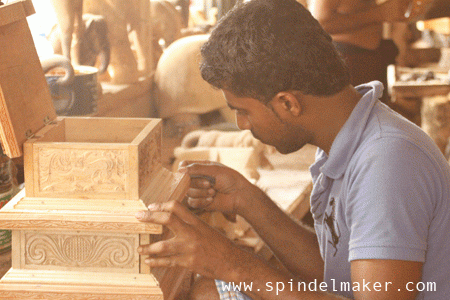
They use mainly native trees like mahogany, rosewood, teak, ebony among others. We passed several mahogany-plantations on our trip.
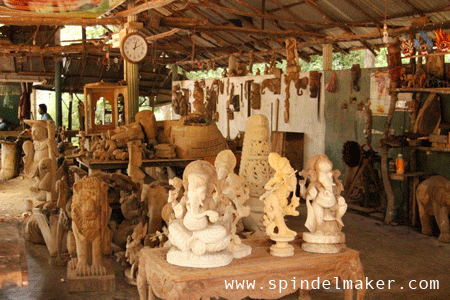
Below is a log from a rainbow-tree. Carved shed dings are used, mixed with water as paint, both on wood and plaster/fresco. In itself, is has a warm orange-red color. Add a few drops of lemon juice and it turns purple-blue. Add more lemon-juice and it turns bright yellow. Add a little plaster and it turns a brownish color. Fascinating!
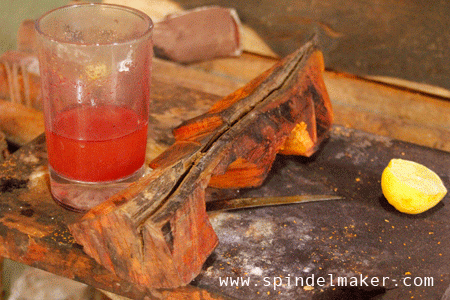
The mask below is not among the traditional religious masks, but it is painted with paints from the rainbow-tree.
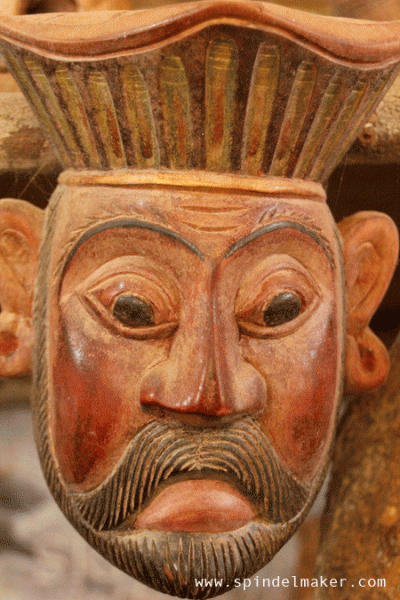
Silks! A land of saris and sarongs, the have lots of silk. A lot of it is handwoven, and some of them embroidered for a very decorative effect. Yes, that is me, being silly, posing with my tourist-cast-mark in my forehead. But the sari, though, was stunning!
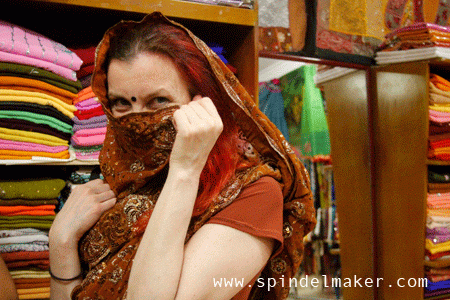
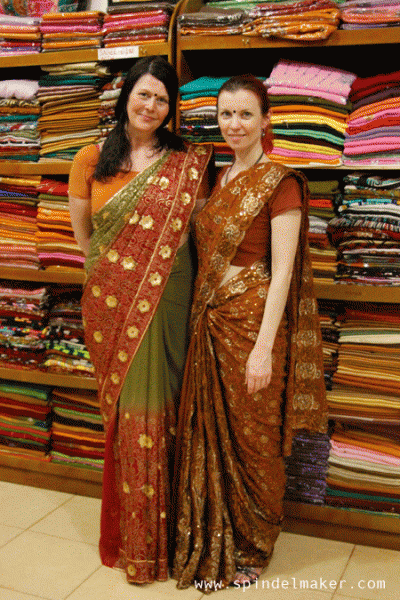
Anne and me posing as natives. Only our pale skin gives us away 😉
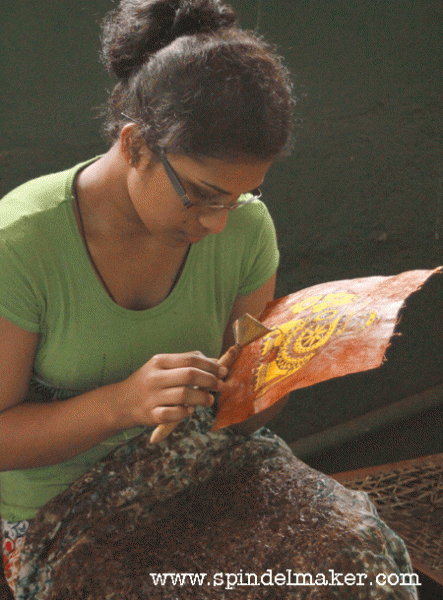
Batic is another traditional craft here. Above is a photo of wax-batic in the process. By applying hot wax in a certain pattern, it shields the fibers from soaking up dye and therefore color. The process can be repeated several times, adding new layers of color for a rich picture.
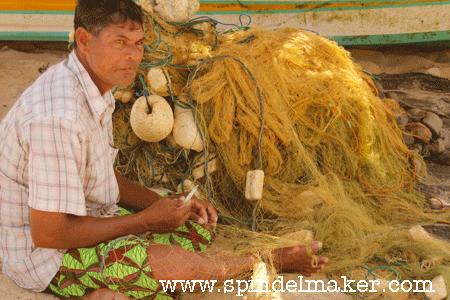
We met this man on the beach just by the hotel. He´s a fisher and mending his fishing net at the end of the day. This is a common activity amount fishers around the world, but if I am not mistaken it is on the red-list of nearly-instinct crafts in Norway: Too few people still know how to do this.
 
The box the man is carving is amazing! And oh, those silks!!! 🙂